When most of us think of “rare blood”, we think of AB-positive or O-negative. But it turns out there are far, far rarer types than that. In Filton, England, there’s a lab that handles blood donations from across the UK — and identifies this super-rare blood.
Photographer Greg White recently got a tour of the NHS Blood & Transplant’s Filton Blood Center while on assignment for the science publication Mosaic. As you can read in Penny Bailey’s Mosaic story from October, there’s a lab called the International Blood Group Reference Laboratory that operates under the center’s umbrella. The IBGRL keeps track of what Bailey calls “golden blood”, because of its extraordinarily rare occurrence and its ability to save the lives of the few people who share it.
We republished the story here on Gizmodo without White’s images, but the resulting photos are not to be missed, giving us a fascinating glimpse inside the lab itself. The IBGRL has been around since the 1940s, and it’s where many major advances in blood science have taken place, like the discovery of many new antigens — the stuff in our blood that invokes immune responses, and the presence or absence of which determines our blood types. But one of its most important roles is keeping track of rare blood donors, both so that they can donate to other rare blood type patients in need, and for equally vital research purposes.
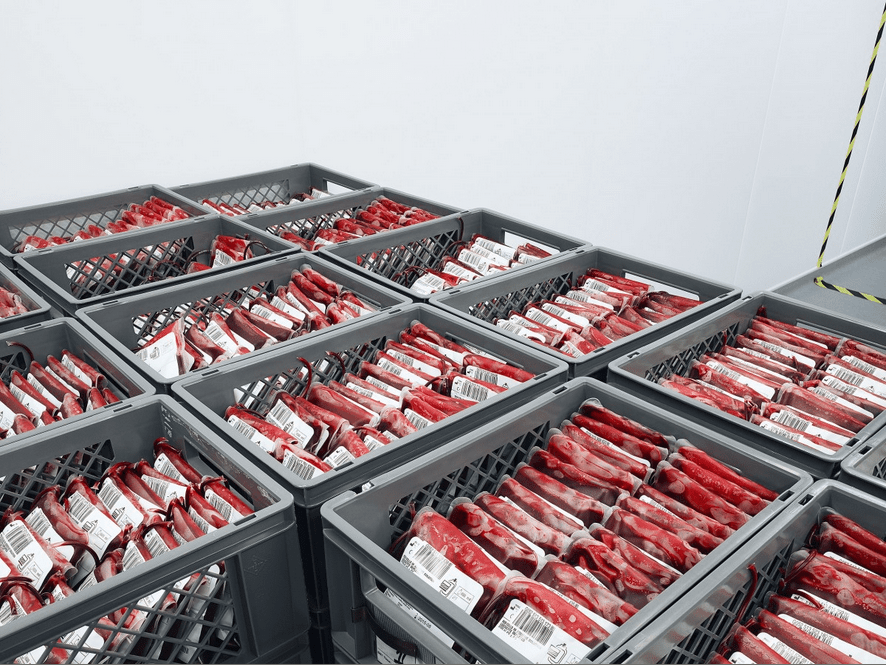
There are many different types of rare blood, and they all depend on the absence of certain groups of antigens. In Bailey’s story, which you can read more about here, we meet a man who simply doesn’t have any Rh antigens, so he’s missing entire blood group system. That makes him Rhnull— , one of the rarest blood types in the world. The IBGRL’s research initiatives include keeping a reference database of those rare humans, like the Rhnull— man, who share extremely unusual blood. Inside the centre in Filton, scientists test all the blood donated from around southern England, determining everything from blood type to the presence of harmful viruses.

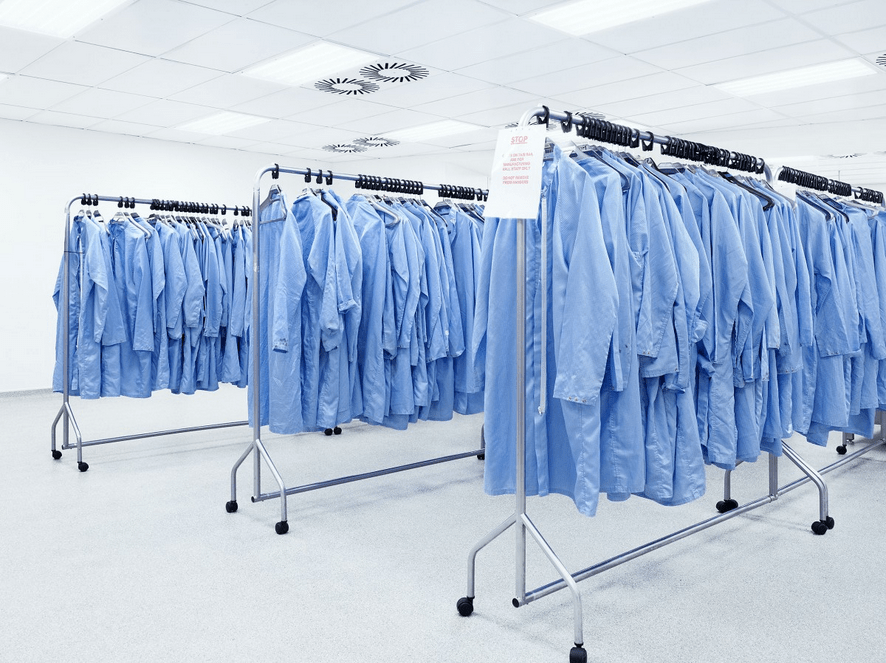
So what was it like to shoot the inside of the NHS lab where blood is sorted? White describes it as “a constant hum of machines and conveyors while people swiftly moved about in their blue coats, hats and hair nets.” Blood, of course, is fragile — it must be kept at exactly 39.2 degrees Fahrenheit, otherwise, it could develop infections or the cells could be destroyed. And when blood is this rare, a spare bag is out of the question.
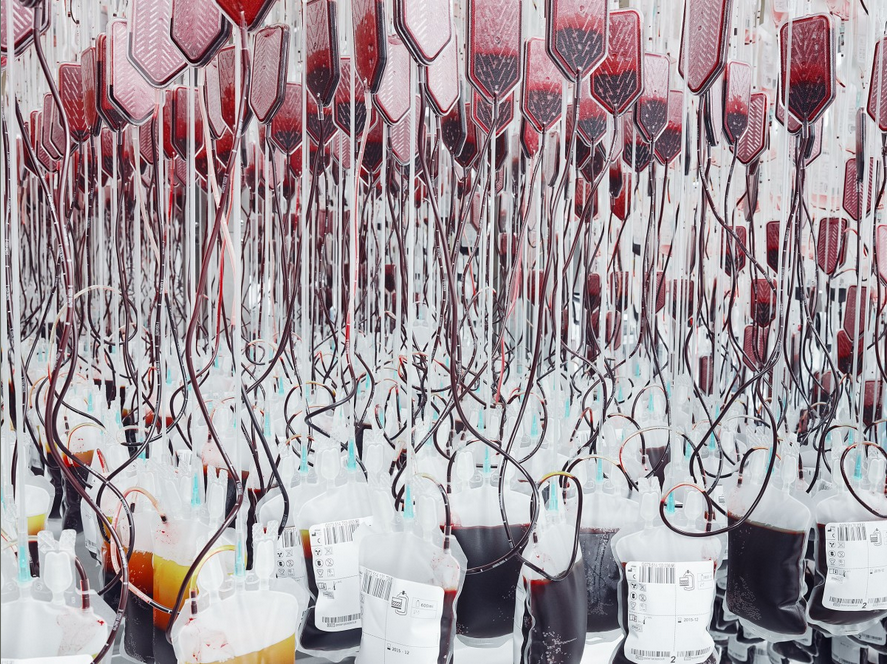
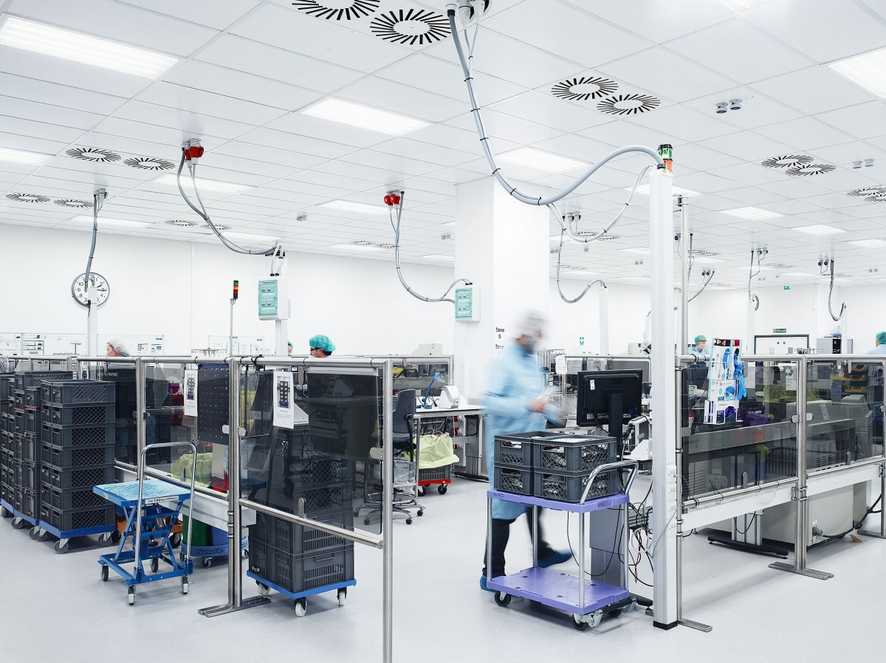
According to White, much of the activity in the lab occurred at strange hours, because new blood arrives at the lab overnight after being donated in the afternoon. “The processing of the blood therefore happens from about 3am onwards,” he says. “So by 6am it’s pretty busy and full of fresh blood thats being filtered having the white blood cells removed.”
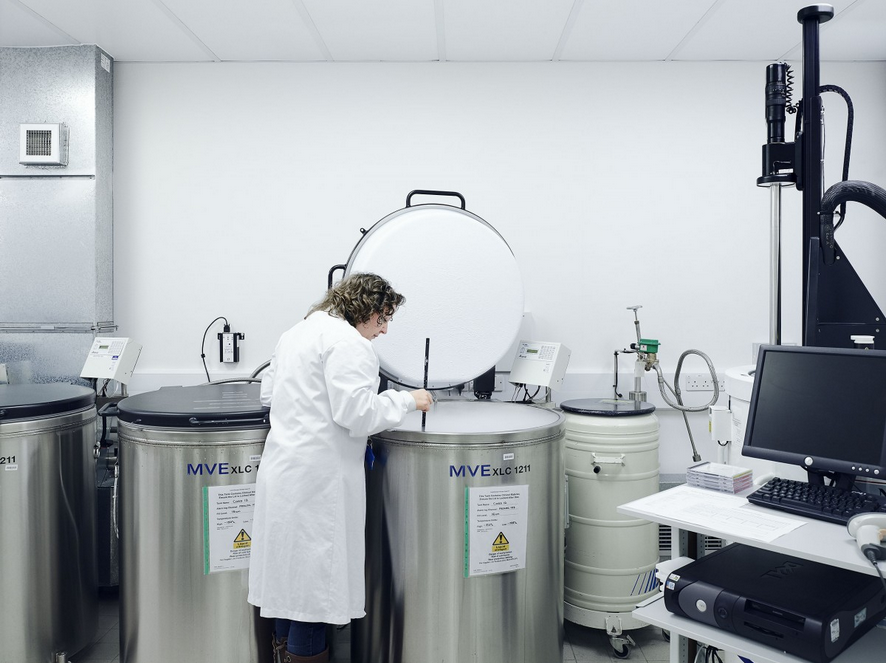
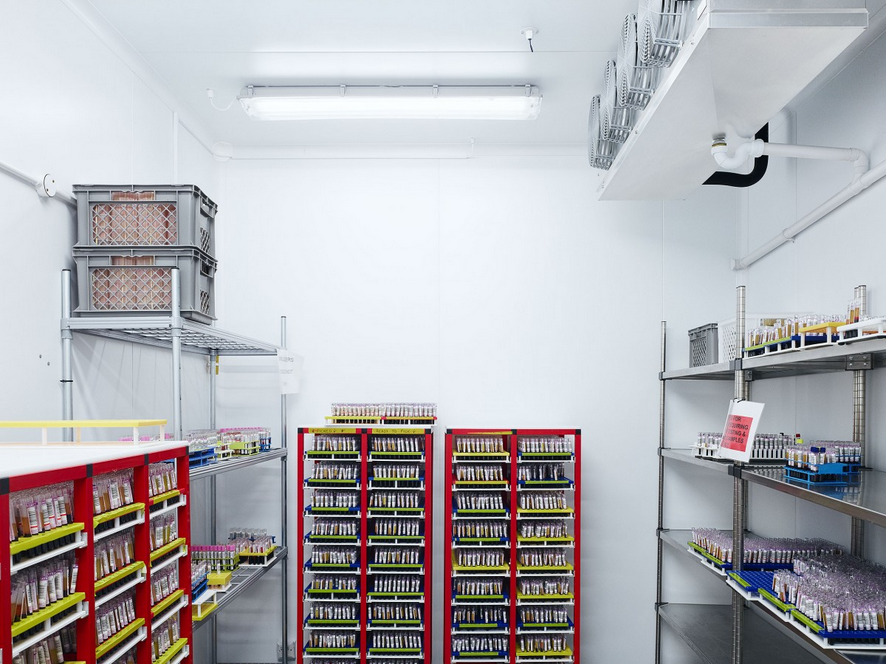
“At first it was a bit weird to be surrounded by so much blood,” he adds. “But you soon become enthralled in the space and the process and at ease with the blood. In fact, it’s quite uplifting thinking about how much blood is actually donated, although there could always be more.”
In a way, the NHSBT’s center is like the UN for blood, a central institution where the world’s hospitals and doctors come for help and information, and it’s fascinating to see the inside of such an important space. Mosaic‘s full story on rare blood donors is well worth a read here. Or you could go donate, yourself.
